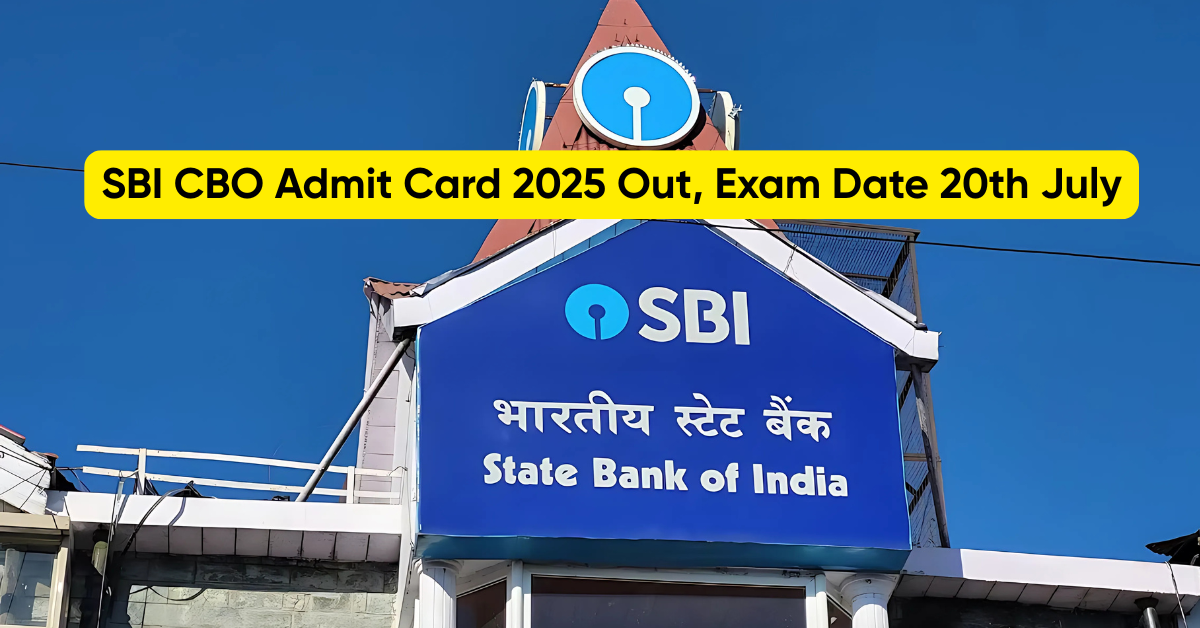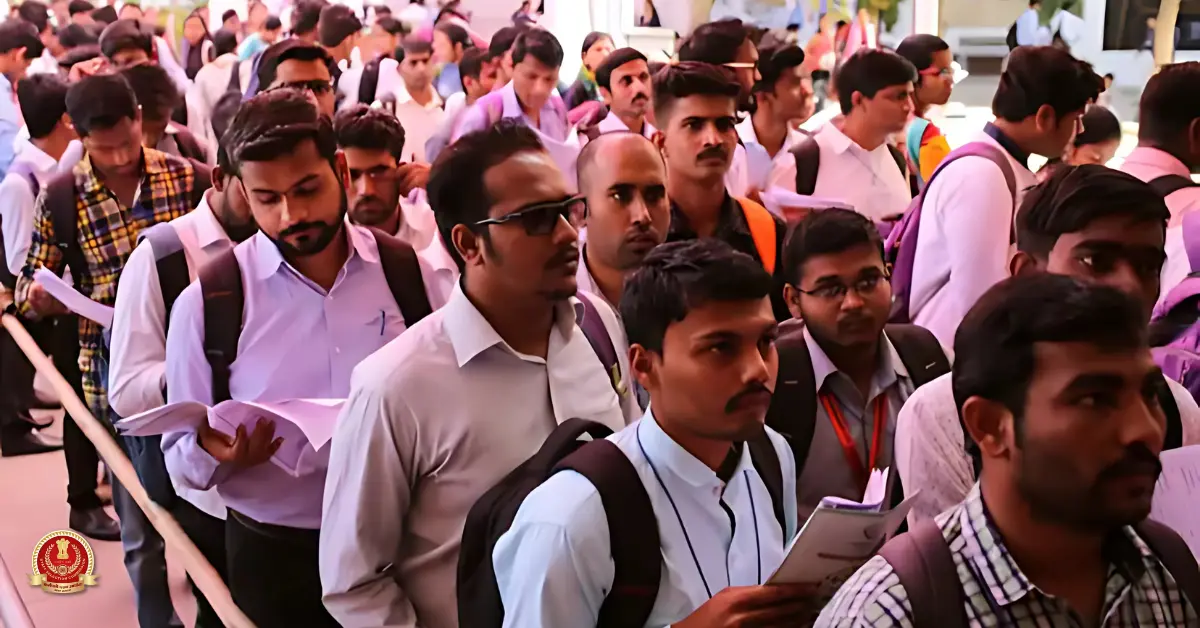DSLR Full Form
The full form of DSLR is “Digital Single-Lens Reflex”. It encapsulates the core technology that sets these cameras apart. Unlike their film predecessors, DSLRs leverage digital sensors and advanced optics to capture and process images. The “Single-Lens Reflex” mechanism refers to the use of a single lens for both viewing and capturing images, employing a mirror and pentaprism system to facilitate this process. In this article, we’ll unravel the full form of DSLR, explore its key components, and understand why it has become the preferred choice for both amateur enthusiasts and professional photographers.
DSLR Full Form in Hindi
DSLR का पूर्ण रूप “डिजिटल सिंगल-लेंस रिफ्लेक्स” है। यह उस मुख्य तकनीक को समाहित करता है जो इन कैमरों को अलग करती है। अपने फिल्म पूर्ववर्तियों के विपरीत, डीएसएलआर छवियों को पकड़ने और संसाधित करने के लिए डिजिटल सेंसर और उन्नत प्रकाशिकी का लाभ उठाते हैं।
Key Components of a DSLR Camera
- Mirror Mechanism: One of the defining features of a DSLR is the mirror mechanism. When the photographer looks through the viewfinder, the mirror reflects the scene from the lens up into an optical viewfinder. This allows for a real-time, optical preview of the composition.
- Pentaprism/Pentamirror: The reflected image from the mirror is directed to the viewfinder through a pentaprism or pentamirror. These components ensure that the image appears upright and correctly oriented in the viewfinder.
- Interchangeable Lenses: DSLRs offer the flexibility of interchangeable lenses, allowing photographers to choose the lens that best suits their photographic needs. This versatility makes DSLRs suitable for a wide range of photography genres, from portrait and landscape to macro and sports photography.
- Digital Image Sensor: Unlike film cameras, DSLRs use digital image sensors, typically either CMOS (Complementary Metal-Oxide-Semiconductor) or CCD (Charge-Coupled Device). These sensors capture light and convert it into digital signals, forming the basis for the final image.
- Shutter Mechanism: DSLRs employ a shutter mechanism to control the duration of light exposure. This mechanism, often located just in front of the image sensor, opens and closes to allow light to reach the sensor for a specific amount of time.
- Viewfinder: The optical viewfinder in a DSLR provides a direct optical preview of the scene through the lens. This allows photographers to compose their shots accurately and make adjustments in real time.
- Image Processor: The captured digital signals from the image sensor are processed by an internal image processor. This processor plays a crucial role in converting the raw data into the final image, applying settings such as white balance, exposure, and color reproduction.
Advantages of DSLR Cameras
- Image Quality: DSLRs are renowned for their exceptional image quality, thanks to larger sensors, advanced optics, and the ability to use high-quality lenses.
- Interchangeable Lenses: The flexibility of using different lenses allows photographers to adapt to various shooting scenarios and achieve different creative effects.
- Optical Viewfinder: The optical viewfinder provides a direct, real-time preview of the scene, allowing for accurate composition and focus.
- Low Light Performance: DSLRs, especially those with larger sensors, excel in low-light conditions, producing clearer and less noisy images at higher ISO settings.
- Speed and Performance: DSLRs offer fast autofocus systems, rapid shutter speeds, and minimal shutter lag, making them suitable for capturing fast-paced action.
Challenges and Considerations
- Size and Weight: DSLRs, particularly those with full-frame sensors, tend to be larger and heavier than compact cameras. This can be a consideration for photographers seeking more portability.
- Learning Curve: While DSLRs offer extensive creative control, they also have a steeper learning curve, especially for beginners. Understanding settings like aperture, shutter speed, and ISO is crucial for maximizing the camera’s potential.
- Cost: High-quality DSLRs and lenses can be relatively expensive, especially for professional-grade equipment. However, the market offers a range of options to suit different budgets.
Evolution and Future Trends
- Mirrorless Cameras: The rise of mirrorless cameras represents a significant evolution in digital photography. Mirrorless cameras, while lacking the traditional mirror mechanism of DSLRs, offer comparable image quality and are often more compact.
- Advanced Autofocus Systems: The latest DSLRs incorporate advanced autofocus systems, utilizing phase-detection and contrast-detection technologies for faster and more accurate focusing.
- Wireless Connectivity: Modern DSLRs often feature built-in Wi-Fi and Bluetooth connectivity, enabling seamless transfer of images to smartphones or other devices. This enhances the sharing and editing workflow for photographers.
Conclusion – DSLR Full Form
In conclusion, the full form of DSLR, a Digital Single-Lens Reflex, embodies a technological marvel that has shaped the landscape of digital photography. The combination of optical viewfinders, interchangeable lenses, and advanced sensor technology has made DSLRs a staple for photographers seeking creative control and exceptional image quality. While facing competition from mirrorless counterparts, DSLRs continue to evolve, incorporating advanced features and maintaining their status as reliable tools for both enthusiasts and professionals. As the digital imaging industry progresses, DSLRs remain integral to the diverse and ever-expanding world of photography.
- SSC CGL Full Form, All You Need to Know About SSC CGL
- SBI CBO Admit Card 2025 Out, Exam Date 20th July
- SSC CHSL 2025 Vacancies Released for 3131 Posts, Complete Details
- SSC JE Vacancies 2025, Check Post Wise Vacancy List
- Important Percentage Questions for SSC Exam Preparation, Solved
- SSC CGL Application Correction Form Starts from 9th to 11th July
DSLR Full Form – FAQs
Ans. The full form of DSLR is “Digital Single-Lens Reflex”.
Ans. DSLR का पूर्ण रूप “डिजिटल सिंगल-लेंस रिफ्लेक्स” है।

Hello, I’m Aditi, the creative mind behind the words at Oliveboard. As a content writer specializing in state-level exams, my mission is to unravel the complexities of exam information, ensuring aspiring candidates find clarity and confidence. Having walked the path of an aspirant myself, I bring a unique perspective to my work, crafting accessible content on Exam Notifications, Admit Cards, and Results.
At Oliveboard, I play a crucial role in empowering candidates throughout their exam journey. My dedication lies in making the seemingly daunting process not only understandable but also rewarding. Join me as I break down barriers in exam preparation, providing timely insights and valuable resources. Let’s navigate the path to success together, one well-informed step at a time.






